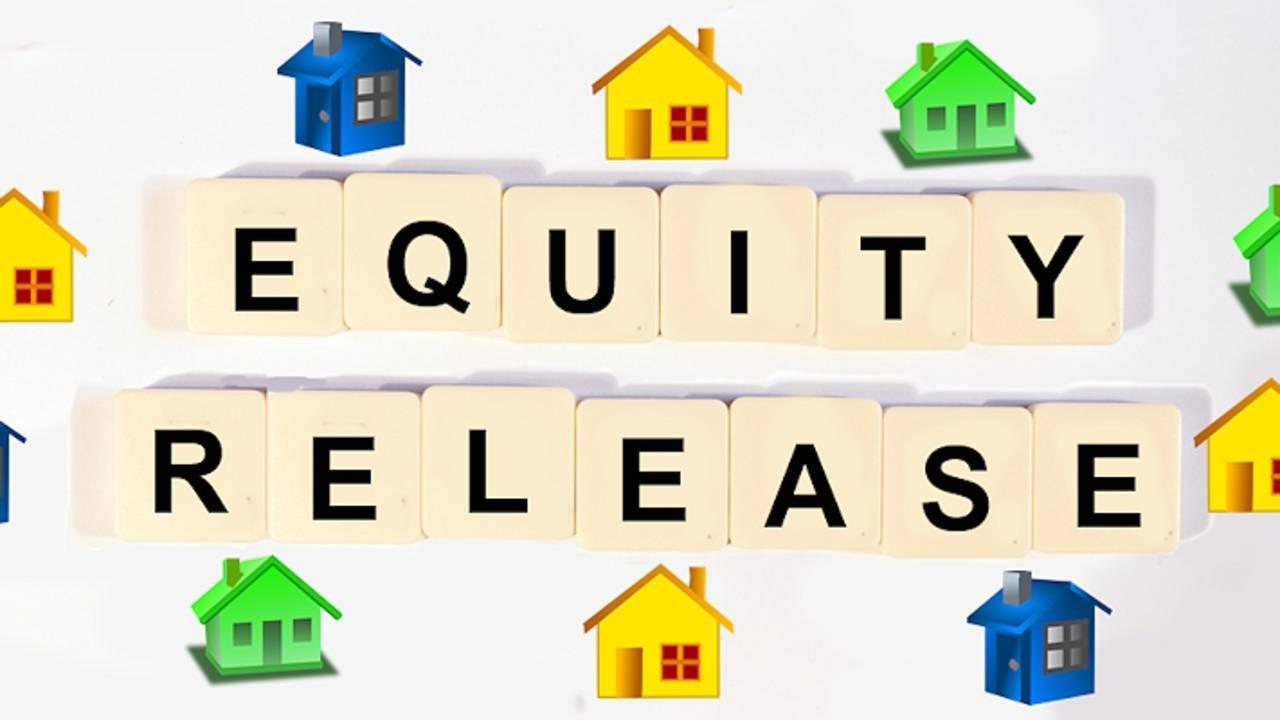What’s the best option to buy property?

THE QUESTION
I'm not a homeowner, but looking to purchase - either residential, BTL or to buy a derelict property and flip.
I have a limited company with a turnover circa £200K and projected to double that in the next year. I have no personal debts or defaults and a good credit rating.
I'm entrepreneurial, confident I can flip properties, and would like some guidance in funding purchases. I've heard bridging finance, but don’t know if it’s the right strategy for me.
THE ANSWER
You have several potential options:
Use your main residence to flip
Advantages: no tax (CGT or income) payable on the profits
Disadvantages:
- Slow turnaround, as you will need to live in the property for at least a year to qualify for the no tax advantage
- Your ability to borrow is income-dependent and lenders are not interested in how much your company turns over, but how much profit you make i.e. make £20k profit on your £200k turnover and you won’t be getting offered much of a mortgage
- Disruption ...
Is the Estate Agent your friend?

Many investors see the Estate Agent as the adversary – or at best a necessary evil. After all, their client is the vendor, that’s where their commission comes from. But the smart investor knows better.
Unless you’re good at building rapport with estate agents, you won’t have many deals to consider, but there are ways to get estate agents to take you seriously. They need to realise that the more sales their vendors make, the more commission they’ll earn. If you are a multiple purchaser, they’ll start looking at you in a different light – if you know how to use the magic words that make them pay attention.
Look the part
Create a powerful, empowering first impression. You know that old saying:
You never get a second chance to make a first impression.
Your appearance and mannerisms must portray confidence. Confident people have a way of holding themselves that oozes positivity. You can be sure that this will be picked up quickly by the agent or the vendor.
In part it’s visual ...
Do your lenders love you?

Many people aspire to become a full-time property investor, but I wonder if they’ve considered the adverse effect it has on their ability to raise a mortgage. They might find it better to slow down and take their time reaching that pivotal moment when mortgages are less critical to their property investment.
To be able to create enough passive income from property to be able to give up the day job and become a ‘full-time property investor’ seems to be a highly desirable state – a nirvana. It is frequently encouraged on property courses and at meetings. It is held up as the definitive status symbol, to be worn almost as a badge of honour. Property speakers often spit out the term ‘wage slave’ as a form of derision.
There is undoubtedly great merit in finally being able to throw off the shackles of an unrewarding and unfulfilling job. There is a huge sense of achievement in bringing about such a momentous life change. However, what happens when you realise that your portfolio exp...
Inspired funding – exploding the myths

Most property investors grow their portfolio by:
- Searching for suitable rental properties
- Putting down a 25% deposit
- Getting a mortgage
- Maybe refurbishing
- Then waiting six months and remortgaging to get as much of their money as possible out for the next property purchase.
It works, it’s taught on training programmes, but it takes a long time to grow your portfolio – and doesn’t allow you to buy and sell properties as your cash is tied up. That makes it tough to buy your next property within that six-month waiting period.
To get momentum investing you can’t afford to wait the best part of a year before you can get your cash out of one deal in order to move on to the next. It limits you, it holds you back, it doesn’t allow you to explore your full potential as a property investor.
So, if you’re impatient to move on, you definitely need to learn about inspired funding.
What is inspired funding?
It’s focusing on ways to achieve accelerated investment or momentum investing....
Mortgages with No Early Redemption Penalty are dangerous

People say that a low-cost way to get your cash back out of a property purchase is to use the small group of Buy-to-Let lenders who offer mortgages that have no redemption penalty to finance the purchase.
After you have owned the property for six months, redeem that mortgage and get a new mortgage with a different lender. If the property can be valued at this point at more than the purchase price, you will get some of your deposit money back out to use in a new purchase.
It seems to make good sense – happy days for the investor. The only problem is it also leads to some very unhappy lenders.
The point here is that No Early Repayment Charge (NERC) mortgages are offered by no more than a handful of lenders and they were not created to give investors a cheap way of getting their deposit out of a property. The lenders expect borrowers to sit on them for years at a time and, amazingly perhaps, that is exactly what the vast majority of borrowers do.
Lenders think it gives a borrower t...
What is equity release?

THE QUESTION
I've seen a lot of adverts recently for Equity Release, does anyone know how it really works?
THE ANSWER
Equity release has two meanings.
For the general public it refers to a specific type of mortgage available only to the elderly who are asset rich, but cash poor. In effect it means that they can borrow against their property and use the cash to enhance their lifestyle or pay for needed repairs to their property.
The interest is rolled up, so no monthly payments until they either die, go into care, or sell the property.
It is also used on some occasions to mitigate Inheritance Tax, as the amount owed at death reduces the value of their estate.
For a property investor it just means refinancing an existing property to release cash so you can use it to invest in more property.
You can learn more by:
- Attending an upcoming webinar - register here
- Booking into a LIVE! 3-day workshop - book your ticket here
- Get instant access to the full programme with the online tr ...
The times they are a-changing

The underwriting standards for buy-to-let lenders now mean much more rigorous background checks for potential borrowers – particularly ‘portfolio landlords’. The rules state:
“A landlord will be considered to be a Portfolio landlord where they have four or more mortgaged buy to let properties across all lenders in aggregate”
In reality this will depend on the individual lender, but expect serious checks into affordability from lenders.
Most lenders prefer their customers to have an income in addition to any rental income. However, lenders that understand the professional landlord take more of a pragmatic approach to those with a number of properties. They can see that if the existing properties are well managed, the overall risk is less as the borrower can weather the occasional untenanted period much better.
Lenders will be asked to ensure that landlords are not over committed, which means landlords need to be prepared to be asked for:
- Assets and liabilities, including tax l ...
Ninja Property Finance

Most property investors start out using the mortgage system to finance their property purchases, but then your capital is trapped – at least for a while – and your ability to buy more properties is limited. But not if you’re a Ninja Investor!
Ninja Property Investors have developed a mind-set that isn’t limited to only buying properties through a mortgage. With the right techniques they can buy any property that they’ve assessed as a profitable investment – whether it’s mortgageable or not.
The secret is to think like a cash buyer – and this will enable you to buy more property, faster, with less cash.
Transforming to the Cash Buyer mind-set
- The Mortgage Buyer mind-set is to put down your 25% deposit when you buy a property, spend more of your cash on the refurb, then wait several months before trying to refinance to get some of your cash back out.
- Cash buyers have a superior mind-set; they buy property faster, they buy it cheaper, they buy property no other investors can even ...
No money down ... it’s possible

THE QUESTION
At a recent property meet the subject of using an unencumbered property as security for Bridgers came up. Is it true that you can get 100% finance by using the house you’re buying and your unencumbered house as security to get the deposit money and refurb costs from the bridging?
THE ANSWER
Yes, it is perfectly possible to achieve this using bridging finance. In fact, I teach exactly how to do this under the Fast Funding Formula module in my Ninja Investor Programme workshops.
If you own an unencumbered property you can offer it as additional security to enable you to borrow 100% of the purchase price. More than that, you can also borrow the refurb costs too.
Bridgers will lend you up to 75% of the value of your unencumbered property.
It is also possible when your current property in not unencumbered, but has a lot of equity in it, typically 50% plus and this is a more common situation. Then bridgers will lend on a second charge basis.
Because second charge lend...
What is a Ninja Investor?

A Ninja is a person skilled in ninjutsu, a Japanese martial art characterized by stealthy movement and camouflage. So a Ninja investor is someone who buys property using stealthy movement and camouflage.
The keys to success are knowing things that others don’t and being able to do things that others can’t. Match these with a positive mind-set and the willingness and ability to take swift action and you’ve got the raw material to be a real Ninja Investor.
Here are the essential dozen characteristics of a Ninja Investor.
- They grow their portfolio (and bank balance) faster than most property investors.
- They don’t tie up their capital in buy-to-let mortgages or limit their ability to buy more properties each year.
- They have a cash buyer mind-set, so they don’t think in terms of mortgages and deposits.
- They know that the cash buyer mind-set means they only need thousands, not hundreds of thousands, to buy like a cash buyer.
- They are able to buy at lower prices with less of their ...




